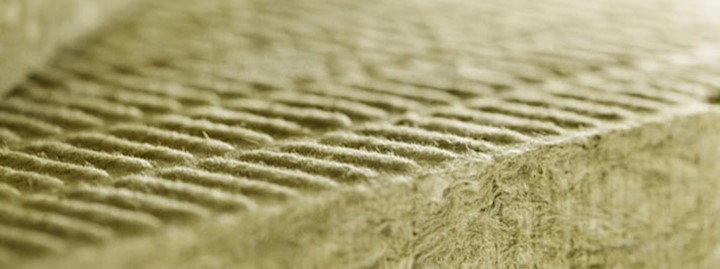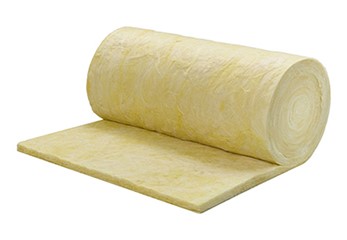
What is Mineral Wool?
Mineral wool is a non-metallic, inorganic product manufactured from a carefully controlled mix of raw materials, mainly comprising either stone or silica which are heated to a high temperature until molten. The molten glass or stone is then spun and formed into a flexible, fibrous mat for further processing into finished products.
The exceptional thermal, fire and acoustic properties of mineral wool derive from the mat of fibres that prevents the movement of air, and from mineral wool’s inert chemical composition.
It is a very versatile material, and can be manufactured to many different densities to give varying properties, formed in various shapes and faced with a variety of sheet materials. The range of products includes loose granular material used for blown insulation of cavity walls, slabs for walls, rolls for loft insulation through to pre-formed and faced pipe sections, ceiling tiles and acoustic panels.
How does it work?
Thermal Insulation
The thermal performance of mineral wool is mainly due to prevention of convection by the entrapment of air in the material’s open-cell, woolly matrix. Conduction is reduced because there is very little solid material to provide pathways and the trapped, static air has a low thermal conductivity. Heat transfer is also reduced because the material acts as a physical barrier to radiative processes.

Glass and stone mineral wool insulates by trapping and holding air still. It does not rely on injected gas that can leak and result in a deterioration in thermal performance.
Acoustic Insulation
Porous materials such as mineral wool work to control and reduce noise by allowing air movement into the fabric of the material. The fluctuations of air molecules - which form sound waves - move into the body of the mineral wool, where friction between the air particles and the material’s narrow airways cause sound energy to be dissipated as heat.
